Is 80 Degrees Celsius Hot For A GPU – Complete Guide – 2024!
Managing the temperature of your GPU (Graphics Processing Unit) is crucial for maintaining the performance and longevity of your computer. Whether you’re a gamer, a content creator, or just a regular user, understanding how hot is too hot for your GPU can prevent potential damage and ensure smooth operation.
“Yes, 80 degrees Celsius is warm for a GPU, but it is still within the safe range. Most GPUs can handle this temperature during gaming or heavy tasks, but keeping it cooler is better. but temperatures above 85°C cause long-term issues”
Wondering if 80 degrees Celsius is too hot for your GPU? Find out the optimal temperature range to keep your graphics card safe and performing well. Learn how to manage GPU heat effectively!
What is a GPU?
A GPU, or Graphics Processing Unit, is a specialized processor designed to accelerate graphics rendering. GPUs are essential for rendering images, videos, and animations in applications like video games, 3D rendering, and video editing.
Understanding GPU Temperatures
GPUs generate heat as they perform tasks. This heat is produced by the electrical resistance within the GPU’s components. The harder your GPU works, the more heat it generates.
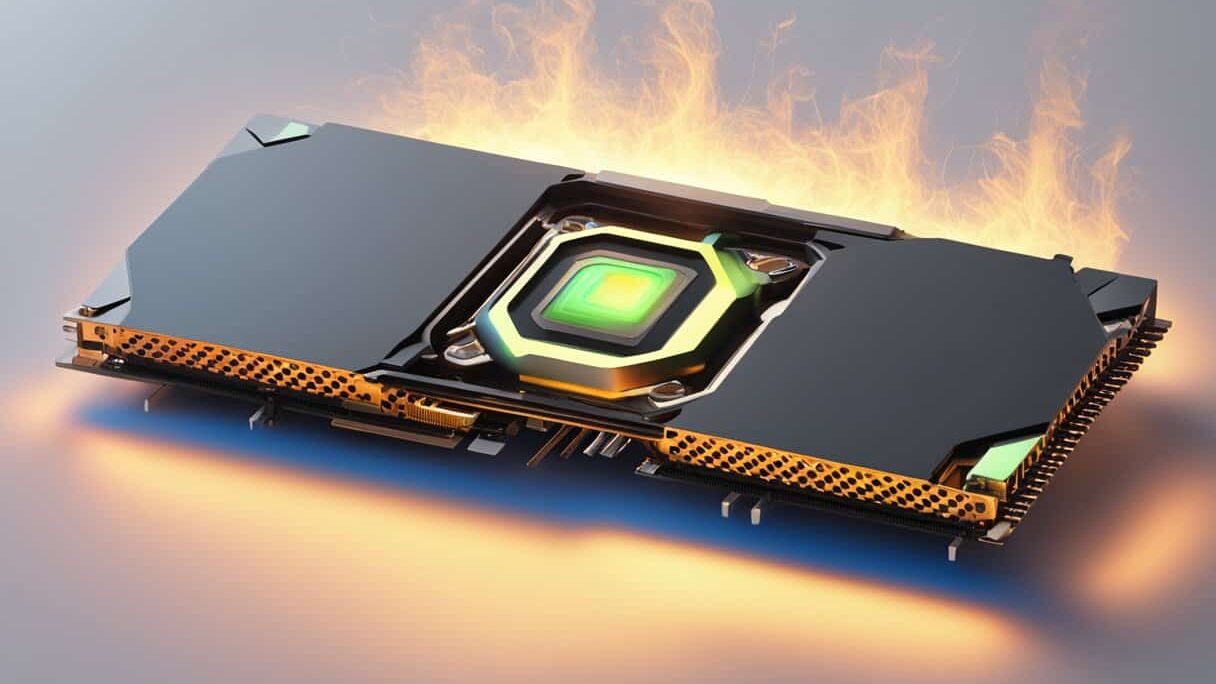
Normal GPU Temperature Ranges
The temperature of a GPU can vary depending on whether it’s idle or under load. Idle temperatures typically range from 30°C to 50°C, while load temperatures can range from 60°C to 85°C. Always refer to your GPU manufacturer’s guidelines for the most accurate information.
Is 80 Degrees Celsius Hot for a GPU?
An 80°C temperature is generally within the safe operating range for most modern GPUs. However, it’s on the higher end of the spectrum. While occasional spikes to 80°C are typically fine, consistently running at this temperature can indicate inadequate cooling or other issues.
Why Do GPUs Get Hot?
Several factors can cause a GPU to overheat:
- High-Performance Tasks: Gaming, video rendering, and other GPU-intensive activities generate a lot of heat.
- Environmental Factors: Poor ventilation, high ambient temperatures, and dust buildup can all contribute to higher GPU temperatures.
Signs of Overheating
Overheating can manifest in several ways:
- Performance Throttling: Your system may automatically reduce GPU performance to lower temperatures.
- Visual and Auditory Indicators: Artifacts on the screen, unexpected shutdowns, or loud fan noise can signal overheating.
How to Monitor GPU Temperature
Monitoring your GPU temperature is essential for identifying potential overheating issues. You can use:
- Built-in Tools: Many GPUs come with built-in temperature monitoring tools.
- Third-Party Software: Programs like MSI Afterburner and HWMonitor provide detailed temperature readings.
Cooling Solutions for GPUs!
There are several cooling solutions available:
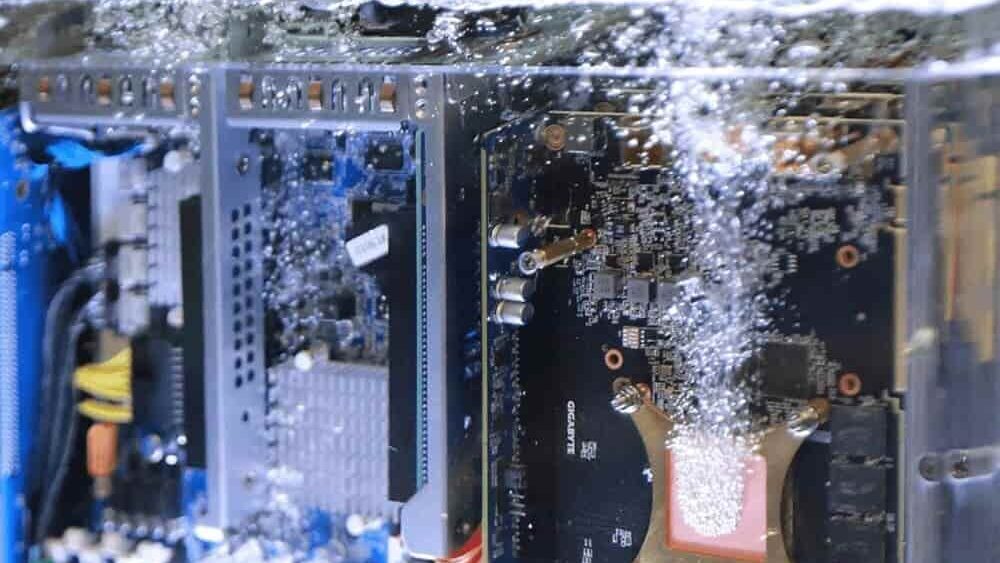
- Air Cooling: The most common method, using fans to dissipate heat.
- Liquid Cooling: More efficient but more expensive, using liquid to transfer heat away from the GPU.
- Hybrid Cooling: Combines air and liquid cooling for optimal performance.
Improving Airflow in Your Case!
Improving your case’s airflow can significantly reduce GPU temperatures:
- Cable Management: Neatly arranged cables can improve airflow.
- Fan Placement and Types: Proper fan placement and using high-quality fans can enhance cooling.
What factors affect my GPU temperature?
Here are the factors that affect your GPU temperature in bullet points:
- Workload and Usage: High-performance tasks (gaming, video editing, 3D rendering).
- Ambient Temperature: Temperature of the room where your computer is located.
- Cooling System:
- Fans (quality and number)
- Heatsinks
- Liquid cooling systems
- Airflow and Case Design: Proper airflow within the computer case.
- Thermal Paste: Quality and application between the GPU and heatsink.
- Dust and Cleanliness: Accumulation of dust on the GPU and components.
- GPU Overclocking: Running the GPU at higher speeds than default settings.
- Power Supply: Stability and efficiency of the power supply.
- Background Processes: Multiple applications or background processes running.
- Age and Wear: Older GPUs or those used for an extended period.
What are some tips to keep a GPU running cool?
Here are some tips to keep your GPU running cool:
- Improve Case Airflow:
- Ensure good airflow with well-placed intake and exhaust fans.
- Keep cables organized to avoid blocking airflow.
- Clean Regularly:
- Remove dust from fans, heatsinks, and other components.
- Use compressed air to clean hard-to-reach areas.
- Use Quality Thermal Paste:
- Apply fresh thermal paste between the GPU and its heatsink if it’s old or degraded.
- Follow manufacturer guidelines for proper application.
- Upgrade Cooling Solutions:
- Consider adding or upgrading to more powerful air coolers.
- Install a liquid cooling system for more efficient heat management.
- Monitor GPU Temperature:
- Use software tools like MSI Afterburner or HWMonitor to keep track of temperatures.
- Set alerts for high temperatures to take action promptly.
- Avoid Overclocking:
- Run your GPU at its default clock speeds to reduce heat generation.
- If you must overclock, ensure you have adequate cooling in place.
Is 53°C GPU Temp Good?
Yes, a GPU temperature of 53°C is good. It’s within a safe range and indicates that your GPU is running cool and efficiently. Most GPUs operate well under 80°C, so 53°C is well within a healthy temperature range.
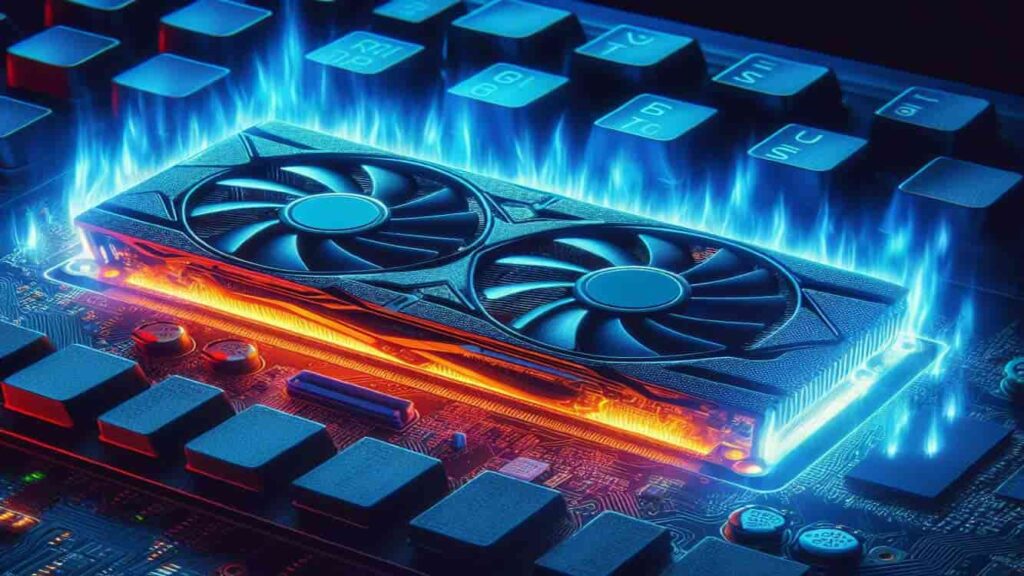
is 70 degrees hot for a gpu?
No, A GPU running at 70 degrees Celsius is considered normal and safe. Most GPUs can handle temperatures up to 85 degrees without issues. However, if it gets hotter, you may want to check for cooling problems or improve airflow.
is 75 degrees celsius hot for a gpu while gaming?
No, A GPU running at 75 degrees Celsius while gaming is within the normal range. It’s safe, as most GPUs can handle temperatures up to 85 degrees Celsius during gaming. However, keeping an eye on the temperature is a good practice.
Is 74°C Bad for Your GPU?
A temperature of 74°C for a GPU is Mainly safe but can be a bit high. For best performance and longevity, aim to keep your GPU below 70°C. Regular cooling and good airflow can help maintain a lower temperature.
How Hot is too Hot for GPU?
For most GPUs, temperatures up to 85°C are safe during intense use. Nvidia GPUs can handle up to 95°C, while AMD GPUs can go up to 100°C. Keeping your GPU below 80°C is best to avoid overheating.
What Is a Normal GPU Temperature?
A normal GPU temperature is usually between 60°C and 70°C (140°F to 158°F) during heavy use. When idle or under light use, temperatures around 30°C to 50°C (86°F to 122°F) are typical.
What is a Safe Operating Temperature for a GPU?
A safe operating temperature for a GPU is usually between 60-70 degrees Celsius. This range helps ensure good performance and prevents overheating. Temperatures above 80 degrees Celsius can be risky and may reduce the GPU’s lifespan.
Is 80°C too hot for my GPU?
Yes, 80°C is hot for a GPU. While many GPUs can handle this temperature, it’s better to keep it cooler, ideally between 60-70°C, to avoid overheating and reduce wear on the hardware.
how hot is 80 degrees celsius?
At 80 degrees Celsius, it’s very hot. For context, water boils at 100 degrees Celsius, so 80 degrees is just below boiling. It’s hotter than a hot summer day and can cause burns if you touch something at that temperature.
is 80 degree gpu bad?
No, A GPU running at 80 degrees Celsius is mainly safe and within the normal range, especially during gaming or heavy tasks. However, it’s close to the upper limit, so it’s a good idea to ensure proper cooling to prevent higher temperatures.
is 80 c normal for gpu?
Yes, 80°C is normal for a GPU, especially when gaming or doing heavy tasks. Most GPUs can safely operate up to 85°C without issues. However, it’s important to monitor the temperature to ensure it doesn’t go higher.
is 80 degrees ok for gpu?
Yes, 80 degrees Celsius is okay for a GPU, especially during gaming or heavy use. Most GPUs can safely run at temperatures up to 85 degrees. Just make sure the temperature doesn’t go higher to avoid problems.
GPU temperature 80 degrees?
A GPU temperature of 80 degrees Celsius is normal, especially during gaming or heavy tasks. Most GPUs can safely operate up to 85 degrees. Just ensure the temperature doesn’t go much higher to keep your GPU running well.
is it bad if my gpu is at 80 degrees?
No, it’s not bad if your GPU is at 80 degrees Celsius. This temperature is normal, especially during gaming or heavy tasks. Most GPUs can safely work up to 85 degrees. Just monitor it to prevent it from going higher.
gpu reaching 80 degrees?
If your GPU reaches 80 degrees Celsius, it’s usually safe and normal, especially during gaming. Most GPUs can handle temperatures up to 85 degrees. Just keep an eye on it to make sure it doesn’t get any hotter.
is 83 degrees celsius hot for a gpu?
Yes, 83 degrees Celsius is a bit hot for a GPU, but it’s still within the safe range. Most GPUs can handle temperatures up to 85 degrees. If it stays at this level, make sure your cooling system is working well.
Is 80 degrees Celsius too high for an Nvidia GTX 1660 6GB, or is it normal?
For an Nvidia GTX 1660 6GB, 80 degrees Celsius is on the high side but still normal under heavy use. Ideally, aim for temperatures below 70 degrees Celsius for better performance and longevity.
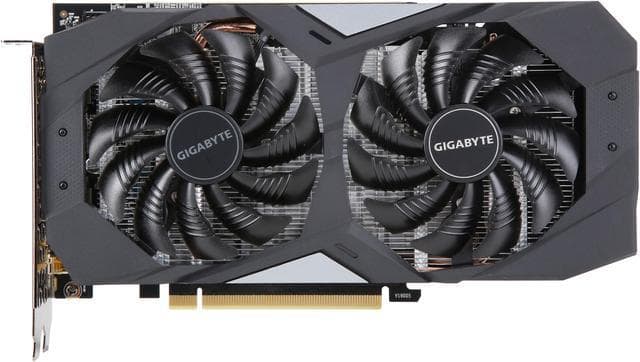
Is 80 degrees Celsius hot for an RTX 3060?
Yes, 80 degrees Celsius is on the higher side for an RTX 3060. While it can handle this temperature, it’s better to keep it cooler for optimal performance and longer lifespan, ideally around 60-70 degrees Celsius.
Is 80 degrees celsius hot for a gpu nvidia?
Yes, 80 degrees Celsius is considered hot for an NVIDIA GPU. While many GPUs can handle up to 85-90 degrees Celsius, running at 80 degrees regularly can reduce performance and lifespan. It’s better to keep it cooler if possible.
Is 80-83 Degrees Celsius OK for a GPU While Playing Game?
Yes, 80-83 degrees Celsius is generally safe for a GPU while playing games. Most GPUs can handle temperatures up to 85-90 degrees Celsius. However, regularly reaching these temperatures might reduce the GPU’s lifespan.
Is 80 degrees Celsius hot for a GPU while gaming?
Yes, 80 degrees Celsius is considered hot for a GPU while gaming. Most GPUs can handle temperatures up to 85-90 degrees Celsius, but running at 80 degrees often can reduce its lifespan and performance. Aim for cooler temperatures when possible.
Is 80 degrees normal while gaming?
80 degrees Celsius is a bit high for a GPU while gaming, but it’s not dangerous. Most GPUs are safe up to about 85-90 degrees Celsius. However, it’s good to keep the temperature lower if possible to avoid long-term damage.
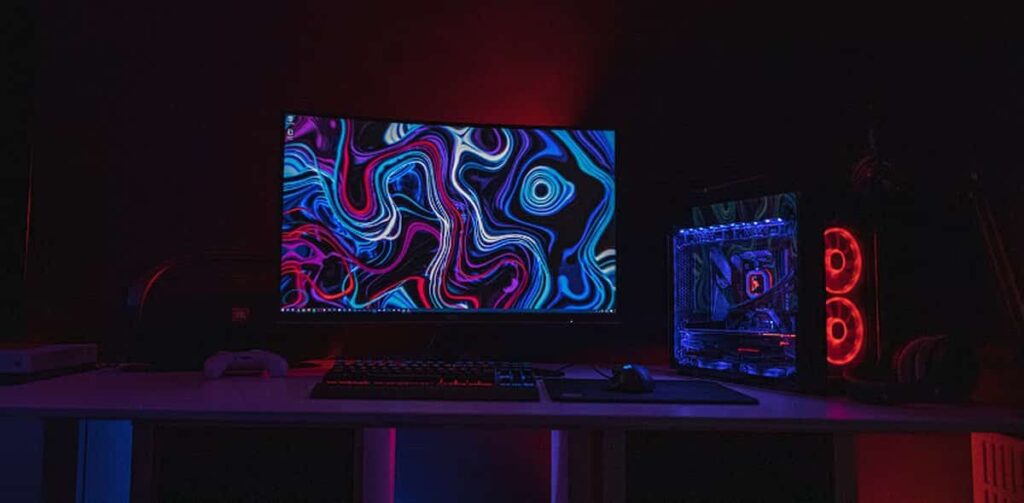
Is 80 degrees Celsius hot for a CPU?
Yes, 80 degrees Celsius is considered hot for a CPU. Most CPUs are designed to run safely up to around 70-85 degrees Celsius, but 80 degrees can be high and might affect performance and lifespan.
Is 80 Celsius too hot for GPU laptop?
Yes, 80°C is hot for a laptop GPU. While many GPUs can handle up to 85-90°C, consistently running at 80°C can reduce performance and lifespan. It’s better to keep the temperature below 70°C for better health and efficiency.
Is 80°C Too Hot for GPU?
80°C is on the high side for a GPU. While many GPUs can handle temperatures up to 85-90°C safely, consistently running at 80°C can reduce the GPU’s lifespan and performance. Aim for temperatures between 60-70°C for better results.
Is 81 Degrees Hot for GPU?
Yes, 81 degrees Celsius is considered hot for a GPU. While many GPUs can handle temperatures up to 85-90 degrees Celsius, running at 81 degrees regularly can reduce performance and lifespan. It’s best to keep it cooler.
Is 82 Degrees Hot for GPU?
Yes, 82 degrees Celsius is quite hot for a GPU. Most GPUs work best between 60-70 degrees Celsius. Running at 82 degrees can reduce the GPU’s lifespan and performance, so it’s good to keep it cooler if possible.
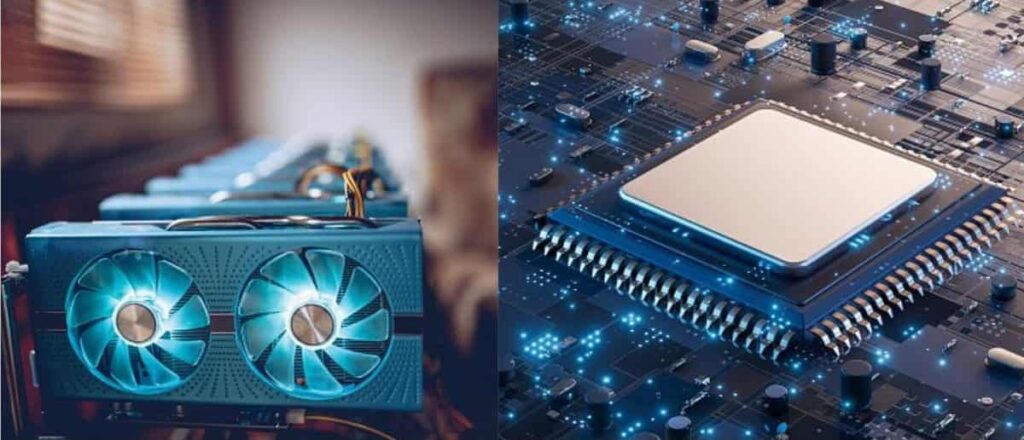
Is 83°C Too Hot for GPU?
Yes, 83°C is on the higher side for a GPU. While many GPUs can handle temperatures up to 85-90°C, running consistently at 83°C can affect performance and reduce lifespan. Keeping it cooler is better for your GPU’s health.
Is 84°C Too Hot for GPU?
84°C is quite hot for a GPU. While many GPUs can handle temperatures up to around 85-90°C, regularly running at 84°C can shorten its lifespan and reduce performance. Keeping it cooler is better for its health and efficiency.
Is 85 degrees Celsius hot for a GPU?
Yes, 85 degrees Celsius is quite hot for a GPU. While many GPUs can handle this temperature, running at such high temperatures regularly can reduce the GPU’s lifespan and performance. It’s better to keep the temperature lower if possible.
Should I be worried if my GPU reaches 85°C or higher?
Yes, you should be concerned if your GPU reaches 85°C or higher. While many GPUs can handle these temperatures, consistently high heat can reduce their lifespan and performance. It’s best to keep temperatures lower for better health and efficiency.
What is the safe operating temperature for a GPU?
The safe operating temperature for a GPU is typically between 60°C and 85°C. Most GPUs are designed to handle temperatures up to around 85°C, but keeping it cooler within this range is better for performance and longevity.
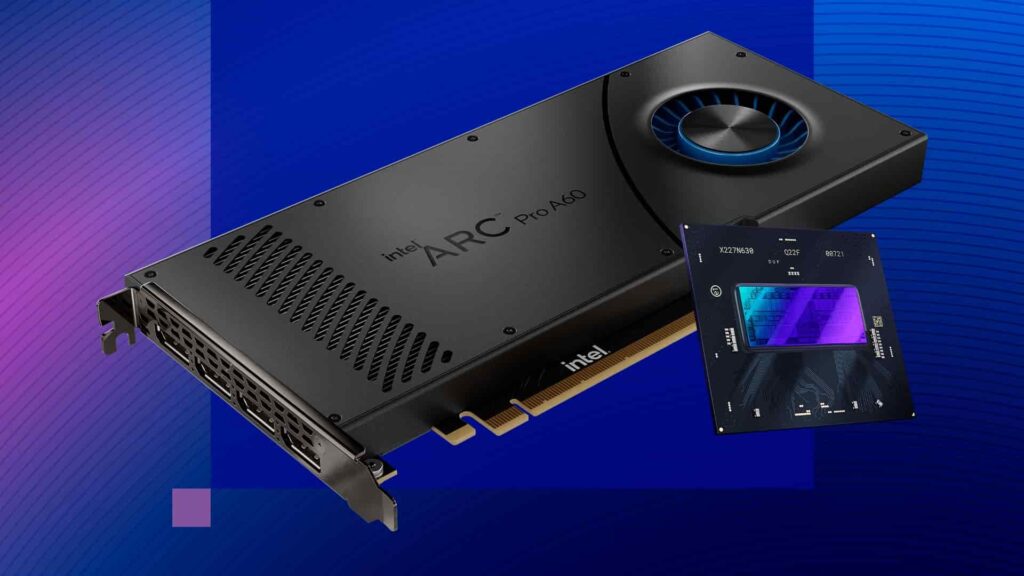
Can I damage my GPU if it gets too hot?
Yes, you can damage your GPU if it gets too hot. Overheating can cause it to wear out faster or even fail. It’s important to keep it cool and check its temperature regularly to avoid damage.
Is 75-80°C too hot for GPU under load?
Yes, 75-80°C is quite hot for a GPU under load. While many GPUs can handle temperatures up to 85-90°C, running consistently at 75-80°C can lead to reduced performance and a shorter lifespan. It’s best to keep it cooler.
Is mid-70s a safe GPU temperature?
Yes, a mid-70s Celsius temperature is generally safe for a GPU. Most GPUs can handle temperatures up to 85-90 degrees Celsius, but keeping it in the mid-70s is good for better performance and longer life.
Is 90 degrees Celsius hot for a GPU?
Yes, 90 degrees Celsius is hot for a GPU. While many GPUs can handle this temperature, it’s higher than ideal. Consistently running at this temperature can lead to overheating and damage. It’s best to keep it cooler if possible.
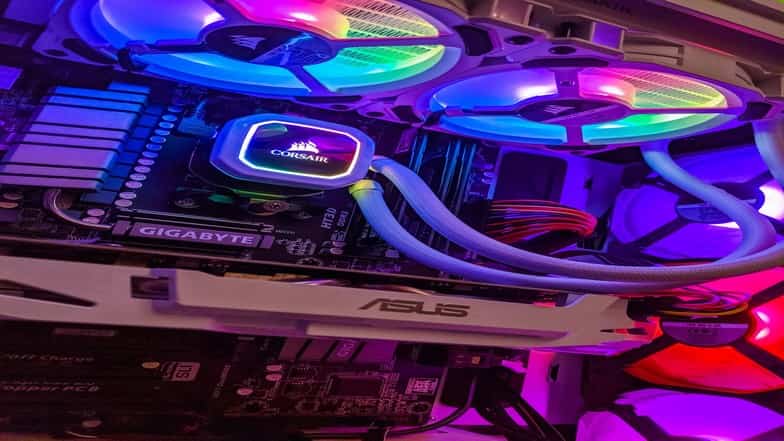
FAQs:
What is the Safe Temperature Range for GPUs?
Most GPUs are safe between 60°C to 85°C under load. Refer to your specific GPU’s guidelines for precise numbers.
Can High GPU Temperatures Damage Other Components?
Yes, excessive heat from a GPU can affect nearby components, potentially causing system-wide issues.
How Often Should I Check My GPU Temperature?
Regularly monitor your GPU temperature, especially during high-performance tasks. Periodic checks during idle times are also recommended.
What Are the Best Tools for Monitoring GPU Temperature?
MSI Afterburner, HWMonitor, and GPU-Z are excellent tools for keeping track of your GPU’s temperature.
Can I Use My PC If the GPU is Running Hot?
You can, but it’s not advisable. Consistently high temperatures can reduce the lifespan of your GPU and other components.
Conclusion:
80 degrees Celsius is considered hot for a GPU. While many GPUs can operate safely up to 85-90 degrees Celsius, running consistently at 80 degrees can reduce performance and shorten lifespan. It’s advisable to keep the temperature between 60-70 degrees Celsius for better performance and longevity

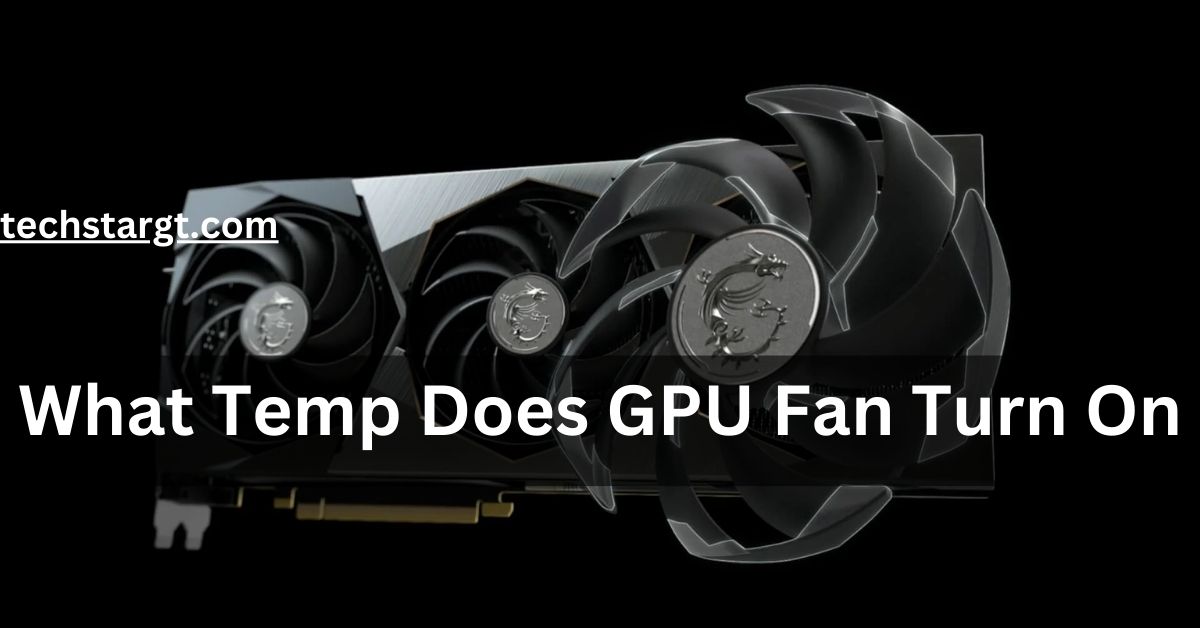
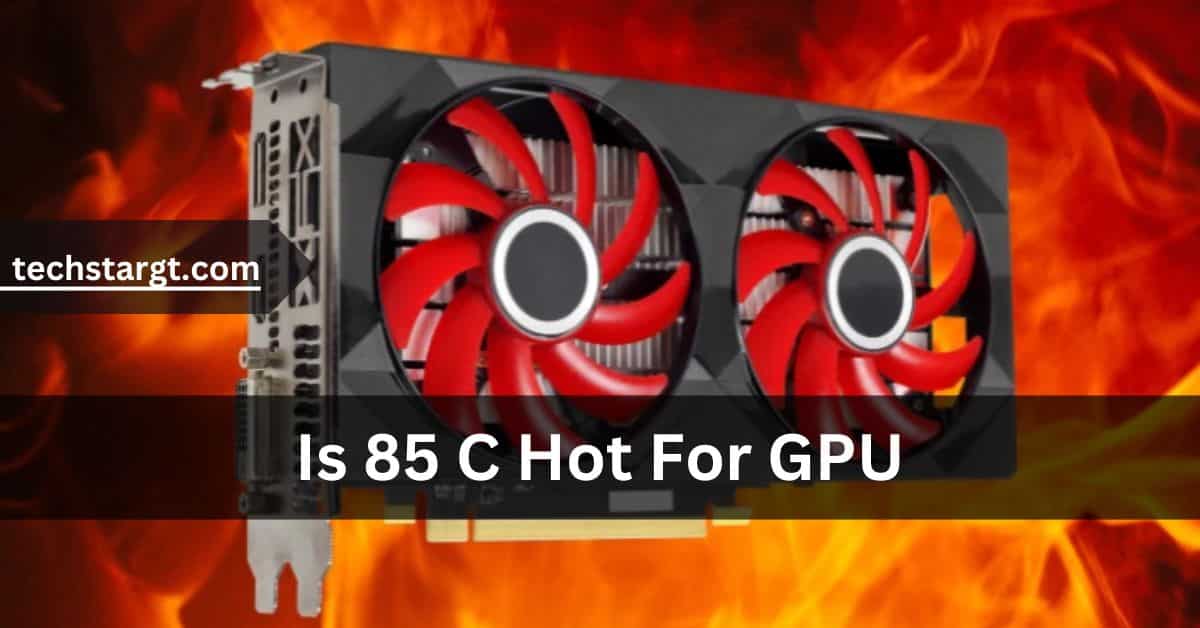
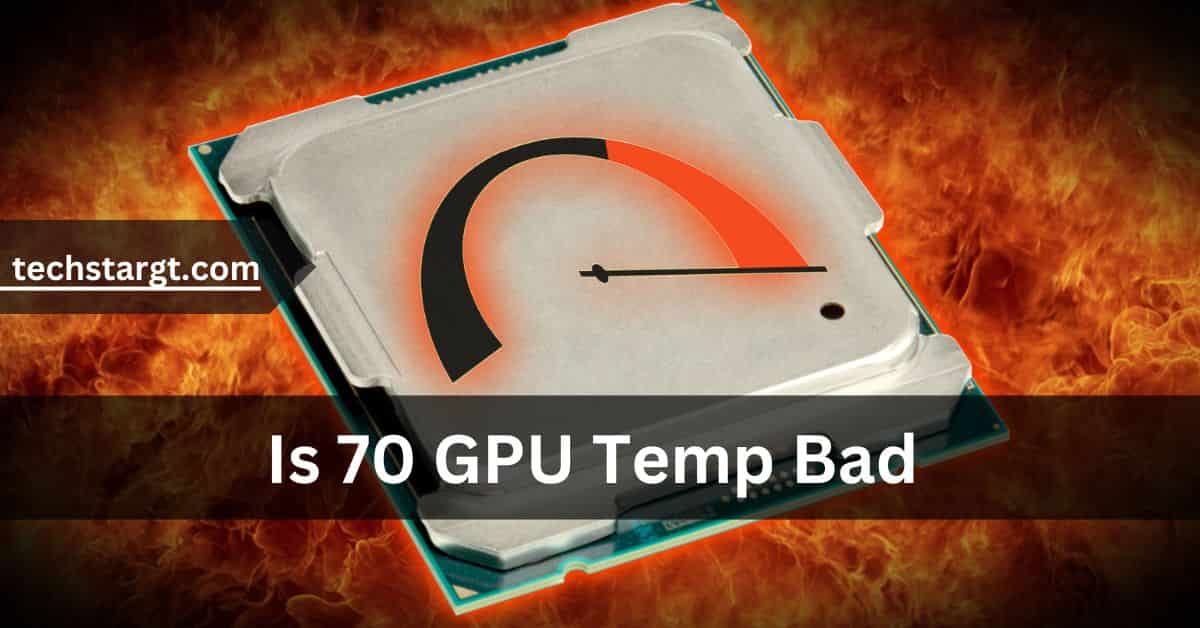
8 comments